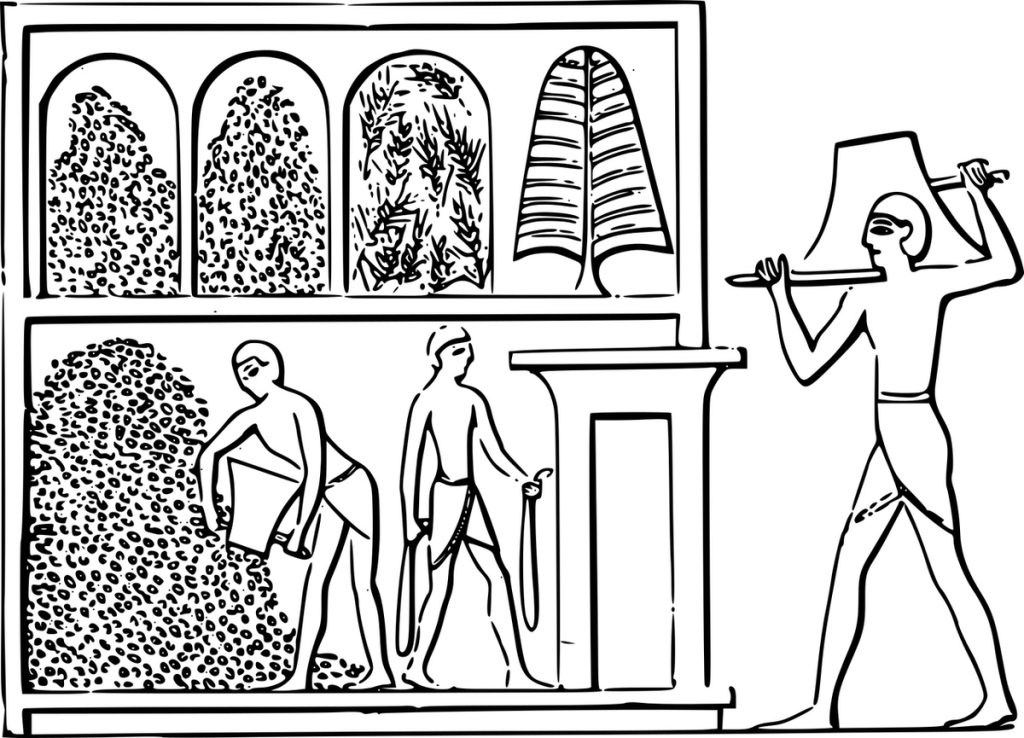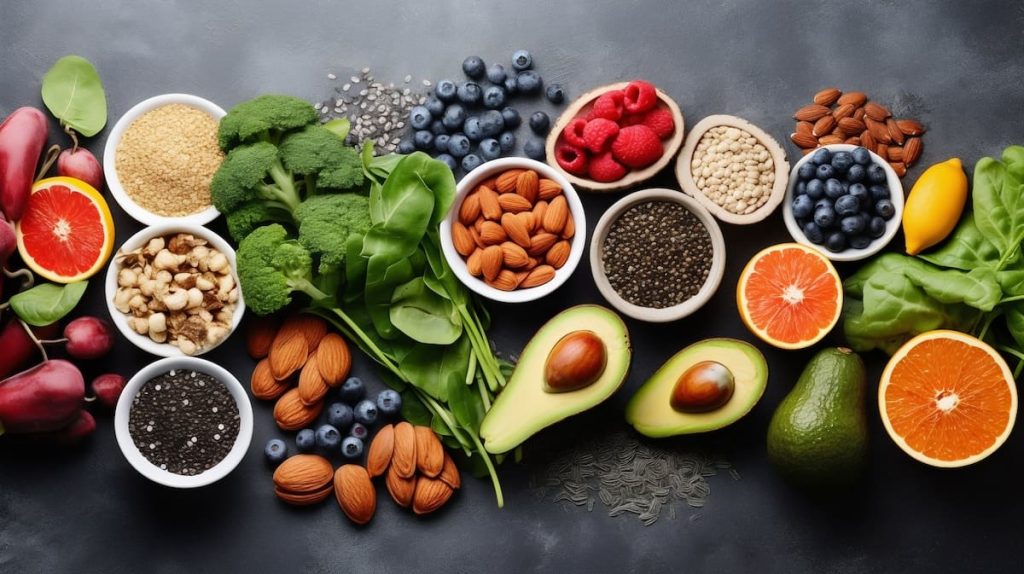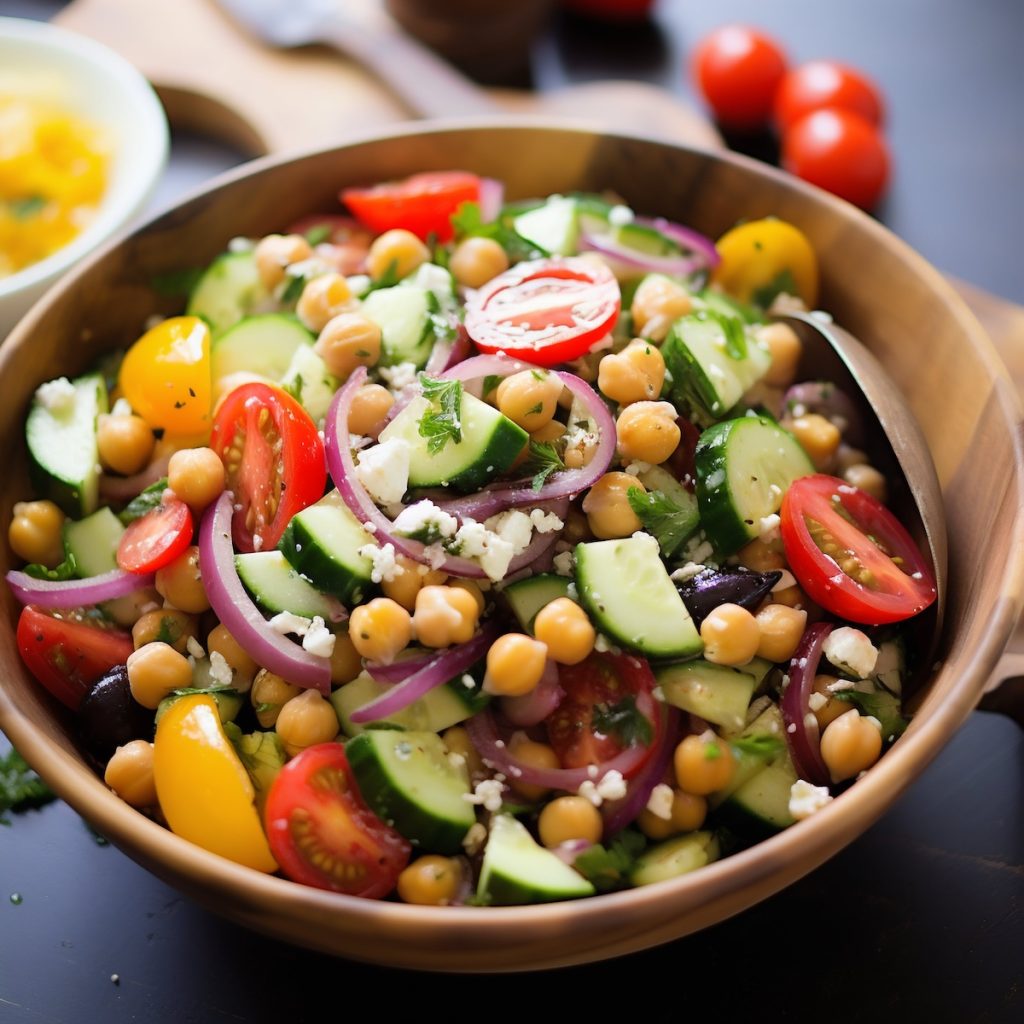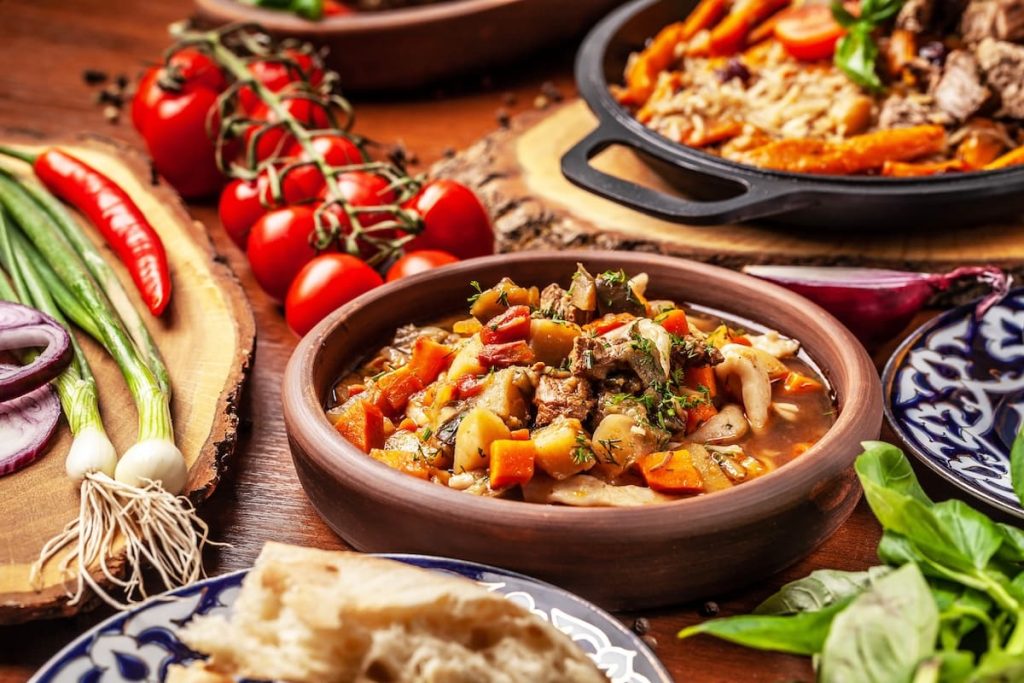Tracing the Evolution of Food in Egypt
Embark on a tantalizing voyage through the epochs of Egyptian culinary history. This whimsical narrative isn’t just about food; it’s a celebration of a civilization’s evolution through its feasts, famines, and flavors. So, tighten your apron strings and prepare for a delightful romp from the days of the Pharaohs to the bustling eateries of modern Egypt!

Pharaoh's Feast: Dining with the Ancients
In the shadow of the pyramids, the ancient Egyptians took their food very seriously, especially when it came to the afterlife. They were the pioneers of the bread and beer combo—staples so vital that they accompanied the dead to the grave. These provisions were not just for sustenance but symbols of a comfortable eternity. Imagine eternal life with an endless supply of freshly baked bread and frothy beer—sounds like a divine afterparty, right?
Artistic depictions and archaeological finds reveal a rich variety of foods gracing ancient tables. Yet, despite abundant evidence of what they ate, the recipes of old remain as enigmatic as the hieroglyphs. Their culinary secrets are guarded more closely than the treasures of Tutankhamun’s tomb.

Greek Gourmet: The Mediterranean Influence
Skip ahead to the Ptolemaic Period, marked by Greek sophistication and the culinary prowess of none other than Cleopatra herself. The Greeks introduced bread wheat and a banquet of fruits—peaches, pears, plums, apricots, and sour cherries—that would tantalize any palate. Chickens also strutted onto the scene, soon becoming a common sight in Egyptian coops and kitchens. The Greeks, with their refined tastes, gradually shifted the popular drink from beer to wine, setting new trends in the beverage scene.

Roman and Arab Culinary Crossroads
The Roman influence expanded Egypt’s spice repertoire, bringing in exotic flavors from the East like rice, black pepper, and aubergines. These ingredients found their first foothold in the bustling ports along the Red Sea, slowly integrating into the mainstream Egyptian diet over centuries.
With the Arab conquest in the 7th century, the culinary landscape saw another wave of transformation. The Arabs, coming from a simpler culinary background, were amazed by the complex Egyptian dishes. As dynasties rose and fell, Cairo emerged in the 10th century as a vibrant metropolis under the Fatimid dynasty, attracting a diverse populace that brought new farming techniques, plants, and flavors. The city quickly assimilated these influences, incorporating crops like sugar cane, rice, and various citrus fruits into its burgeoning culinary repertoire.

Feasts of Famine and Fortune
Throughout the Middle Ages, Cairo became the stage for culinary exhibitions of grandeur. The Fatimid rulers, known for their lavish public feasts, would pile hundreds of dishes high, providing for the masses and entertaining them with eating contests. This period of extravagance was contrasted sharply by the more austere Ayyubid rule, which saw many palace chefs dismissed and subsequently taking to the streets to open their own eateries, enriching Cairo’s culinary scene.
With the Arab conquest in the 7th century, the culinary landscape saw another wave of transformation. The Arabs, coming from a simpler culinary background, were amazed by the complex Egyptian dishes. As dynasties rose and fell, Cairo emerged in the 10th century as a vibrant metropolis under the Fatimid dynasty, attracting a diverse populace that brought new farming techniques, plants, and flavors. The city quickly assimilated these influences, incorporating crops like sugar cane, rice, and various citrus fruits into its burgeoning culinary repertoire.

Ottoman Stagnation and European Inspiration
As a province under Ottoman rule starting in 1517, Egypt experienced a slow culinary decline, mirrored by a general lack of innovation during this period. However, the 19th century brought renewed vigor with Mohamed Ali’s modernization efforts, which included introducing new crops like guavas and strawberries, though not all experiments (like pineapples) were successful. Tomatoes, on the other hand, flourished and quickly became a staple in Egyptian cuisine.
This era also saw the rise of European influences, particularly French, which deeply affected the culinary preferences of Egypt’s upper class. The inauguration of the Suez Canal, for example, was celebrated with a purely French menu, underscoring the European sway over the Egyptian elite.

The Twentieth Century Culinary Revolution
The 20th century was marked by significant changes in food habits across Egypt. Traditional diets evolved dramatically with urban dwellers adopting new foods quickly, a change gradually permeating rural areas as well. The construction of the Aswan Dams, which controlled the floods critical to Egypt’s agriculture, and the introduction of new social mobility, technology, and governmental policies further transformed dietary habits.
Egypt’s open-door economic policies in the 1970s introduced foreign goods and foods, creating a fashionable blend of traditional and international cuisines. This period also saw the rise of cooperatives and mechanized bakeries, making frozen foods and bread more accessible to the general public.
Culinary Legacy and Looking Forward
As we survey the rich tapestry of Egyptian culinary history, it’s clear that Egypt’s strength has always been its ability to assimilate new cultures and cuisines. Yet, as the 20th century sped to a close, the rapid pace of change often outstripped the ability of traditions to adapt






